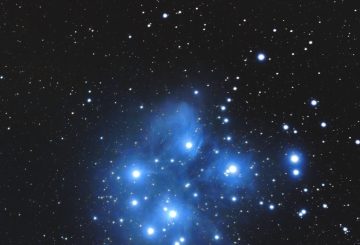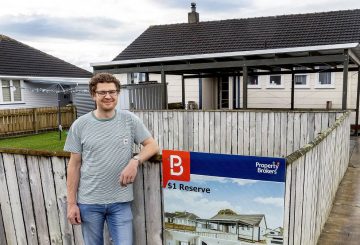National News

Matariki pampublikong holiday: Nilalayon ng Booklet na bigyan ng kapangyarihan ang mas maraming mga taga-New Zealand upang ipagdiwang

Ari-arian ilagay sa auction na may $1 reserve nagbebenta para sa $400k
Ang industriya ng turismo ay nagsusumikap na bumuo ng mas mahusay para sa ‘bagong panahon”
Ang snow ay nagsisimula sa pag-aayos sa Southland na may 10 sentimetro na bumabagsak sa State Highway 94

Ang rate ng kawalan ng trabaho ay nagtataglay ng matatag sa 3.4 porsyento

Pag-aaral ay nag-uugnay sa kalusugan ng kaisipan ng kabataan at sa kapaligiran

Solar sakahan mooted para sa airport

















































